Costly damage and downtime are real problems for broadcast facilities operating in lightning prone locations. Fortunately, these problems can often be prevented and without expensive solutions.
MARC Radio Gainesville is an example. It recently acquired three new FM stations that share a transmission facility in Trenton, Florida: WDVH, WPLL and WHHZ. Frank Garcia, the group’s former chief information officer, recognized lightning-related problems at all three of the stations.
To resolve the problems, Garcia called John West, Sr., principal of Power & Systems Innovations of Tampa, Florida, who has had great success remedying similar difficulties at other properties in the MARC chain.
Cost-efficiency is important
Upon initial inspection, the grounding and bonding at the transmission site were found to be inadequate and the cause of the problems. (Figures 1 and 2).
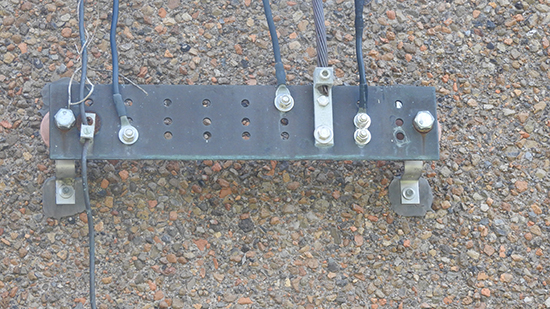
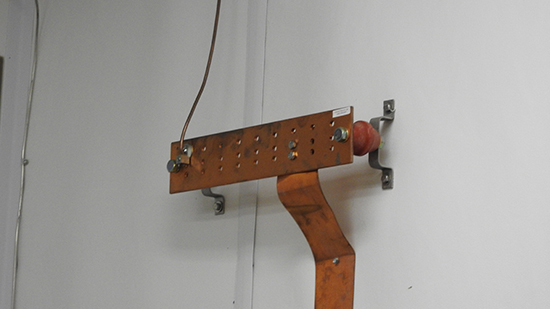
West’s approach is to install a grounding system in the most cost-effective manner based on site conditions. “Take advantage of the site conditions,” West said. “Do it right, and do it as cheaply as you can.”
To accomplish this, he looks to install the ground rods where the soil can be kept wet: such as areas where water is coming out of the condensate line from the air conditioner unit; where there is a downspout off the building; or something as simple as a retention pond near the facility so that during the rainy season that soil is always moist. He also suggests putting rods in a planting area that has irrigation. These approaches help minimize costs to the owner and the results are excellent.
In Trenton, the transmitter facilities are located on what is basically a sand hill. Therefore, ground rods needed to be quite deep. At the service entrance, West drilled an 80-foot-deep ground rod that is tied to two other 80-foot rods, starting 80 feet away and 80 feet apart (Figure 3). Together, they provide less than a 5-ohm ground.
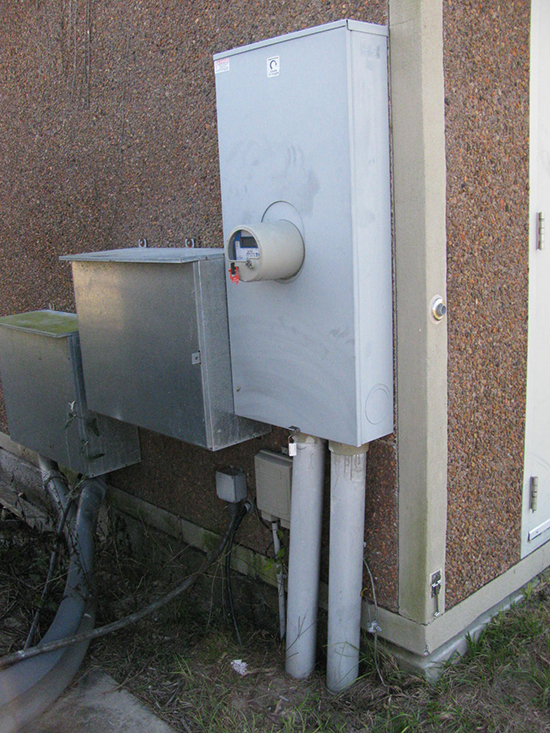
The ground system is tied to the waveguide bridge (Figure 4), the facility’s electrical system, the bonding bar (shown in Figure 6) and a halo ground with 4/0 stranded copper.
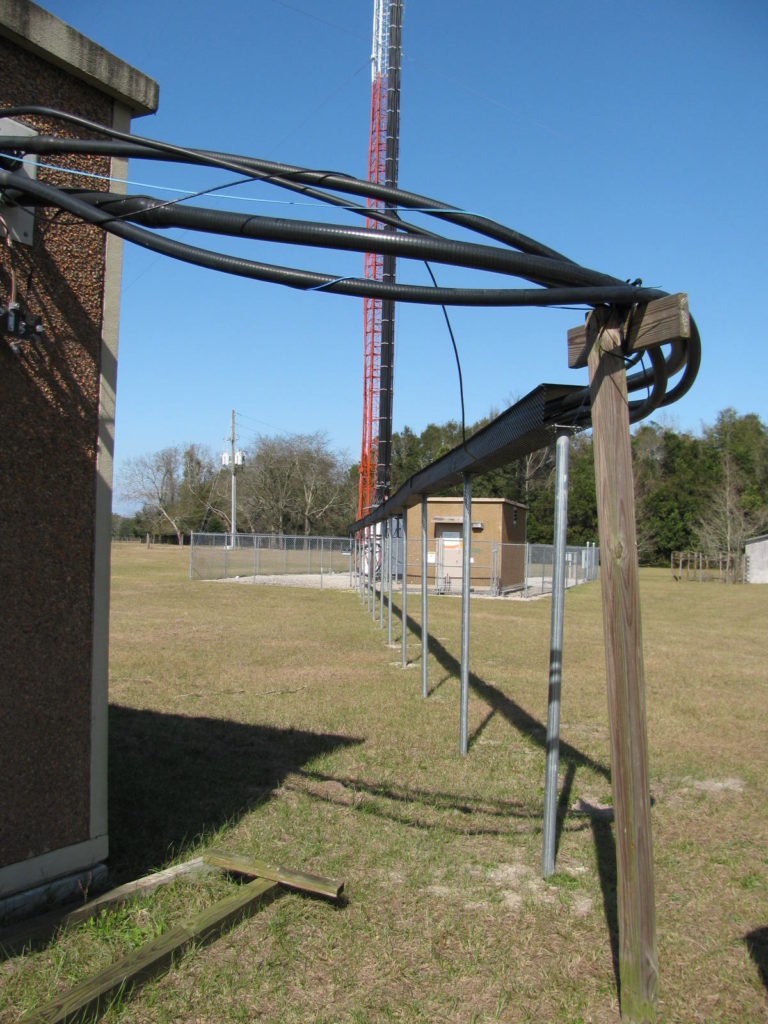
“We updated the ground bond of the transmitter building and corrected errors (two wires on one lug in Figure 6),” West said. “The conductors are now AWG 4/0 going to the bonding bar (Figure 2) as well as the halo, two-hole lugs in all cases, and conductive grease with stainless hardware, flat and lock washers along with lock nuts. That can eliminate the need for more frequent maintenance checking the torque tightness of the bolts and nuts.”
The transmission facility
Waveguide pipes are used in the building because it is transmitting FM signals (Figure 5). The first thing West did was complete the existing bonding connections to all the proper points for the waveguides and the bank of electronics.
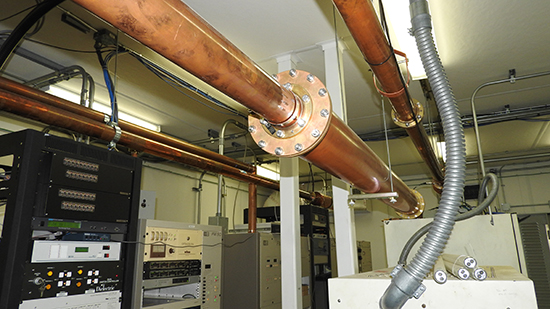
Previously, the interior had two independent ground bars, one on each side of the building. West replaced one of the original ground bars with a new larger busbar that connects to the main ground system. He also replaced an old, inadequate ground bar (Figure 6), corrected wiring errors and replaced all the undersized solid conductors with 4/0 stranded copper.

Since it is critical that everything be bonded together, 4/0 copper runs around the baseboard of the facility to a second busbar that bonds the flat copper strap connecting to the racks of signal-processing equipment (Figure 7). All components now have a common ground with properly sized conductors.
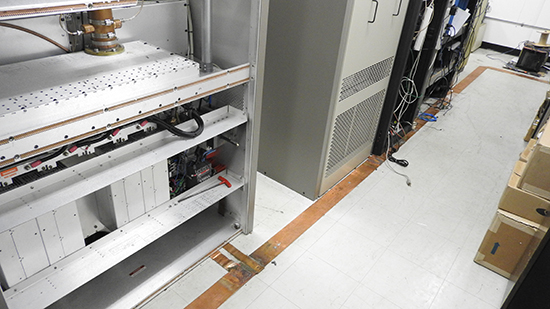
West said that it is important to avoid independent grounds. “You can’t have a difference in ground potential in this kind of facility. It’s disastrous.”
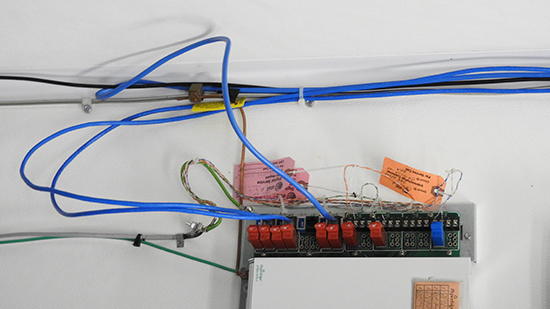
Dressing the conductors
When West came to the facility, he found the communication lines tie-wrapped together and running around the building attached to a lightning halo (Figure 8). If the facility were to be hit really hard, lightning energy would have been induced into those low-voltage cables and equipment would have gotten blown up, or vice-versa. The station’s RF engineers were tasked with mounting hangers below and a distance from the halo conductor.
Outside
Next to the transmission facility is a bridge that takes the waveguides to the antenna tower (Figure 4). They are not grounded to the tower; they are properly grounded to the facility. Because the waveguides strictly service the antennas, it does not present a difference-in-ground-potential situation.
West found that the tower was already grounded properly. It has multiple metallic supports that go very deep into the concrete (Figure 9). Each support has a conductor that bonds the guy wires to a ground rod.
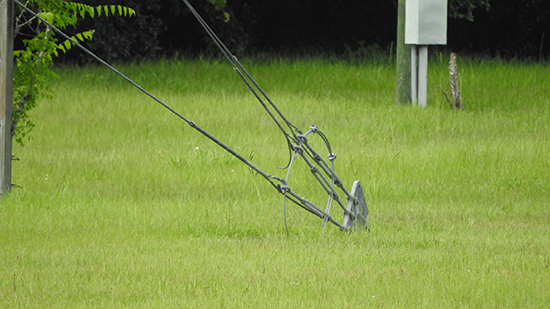
“If lightning energy hits the tower, the grounded supports strip it off much like a voltage divider,” West said. “Very little reaches the base of the tower; it’s dissipated sideways.”
Garcia said that the money invested in upgrading the grounding and bonding at the Trenton transmission facility was well spent. He stressed that “It’s very important to pay attention to the grounding in these facilities because it will reduce costly equipment damage and downtime. Downtime in the broadcast industry is very costly.”

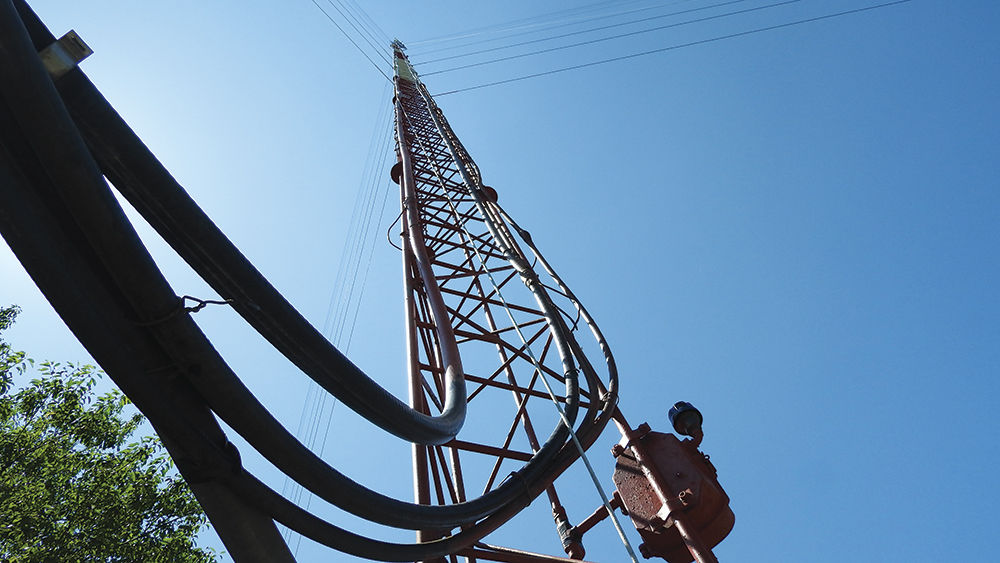







Find Us on Socials